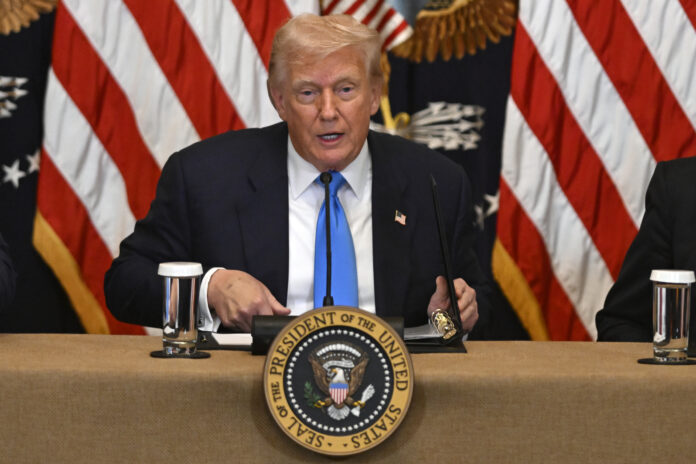The tension was palpable. With just hours to spare before his August 1 deadline, President Donald Trump announced a sweeping new trade agreement with South Korea—one that promises to funnel a staggering $350 billion in investments into the United States. The deal, revealed in a late-night post on Truth Social, not only averts a looming 25% tariff on South Korean goods but also locks in a far more favorable 15% duty for the Asian economic powerhouse.
For weeks, the threat of steep tariffs had hung over Seoul like a storm cloud. Back in April, Trump unveiled his controversial “Liberation Day” trade package, warning nations that failed to negotiate one-on-one deals with the U.S. would face harsh penalties. South Korea, a major exporter of cars, electronics, and machinery, was squarely in the crosshairs. The president’s July 7 letter to South Korean President Lee Jae Myung left little room for interpretation—either agree to terms or brace for economic fallout.
Now, with the clock ticking down, the two sides have reached what Trump is calling a “full and complete” agreement. “South Korea will give the United States $350 billion for investments owned and controlled by the U.S., selected by me,” Trump declared triumphantly. The deal doesn’t stop there. Seoul has also pledged to buy $100 billion in American liquefied natural gas (LNG) and other energy products while opening its markets wide to U.S. goods—from cars and trucks to agricultural products.
A Win for Trump’s “America First” Strategy
This agreement is a textbook example of Trump’s hardball trade tactics. For years, he’s railed against what he sees as unfair trade imbalances, and South Korea has been a frequent target. Last year alone, the U.S. trade deficit with the country hit $66 billion—a 29% jump from 2023. The new deal, Trump insists, will help level the playing field.
But not everyone is convinced. Critics argue that while the $350 billion figure sounds impressive, the details remain murky. What kind of investments? Which industries? And who, exactly, will benefit? Trump promised more clarity when President Lee visits the White House in the coming weeks, but skeptics are already raising eyebrows.
Meanwhile, South Korean officials appear relieved. The threat of 25% tariffs would have been a brutal blow to key industries like Hyundai and Samsung, which rely heavily on the U.S. market. A 15% duty, while still significant, is far more manageable.
Public Reaction: Cheers and Skepticism
The announcement has sparked a mixed response. Trump’s supporters are hailing it as another victory for his aggressive trade policies. “Finally, a president who stands up for American workers,” one commenter wrote on social media.
But others aren’t so sure. Some trade experts warn that forcing allies into lopsided deals could backfire, straining diplomatic relations in the long run. “This isn’t negotiation—it’s coercion,” tweeted one economist.
Then there’s the question of enforcement. Past trade agreements have often looked good on paper but failed to deliver real change. Will this one be different? Only time will tell.
What’s Next?
With the South Korea deal sealed, attention now turns to other nations still in Trump’s crosshairs. The August 1 deadline looms large, and several countries—including Germany and Japan—remain locked in tense negotiations.
One thing’s for certain: Trump isn’t backing down. Whether this deal marks a genuine economic breakthrough or just another headline-grabbing move, one thing is clear—the president’s “America First” trade war is far from over.
And as the world watches, businesses, workers, and consumers are left wondering: Who wins next? And at what cost?




